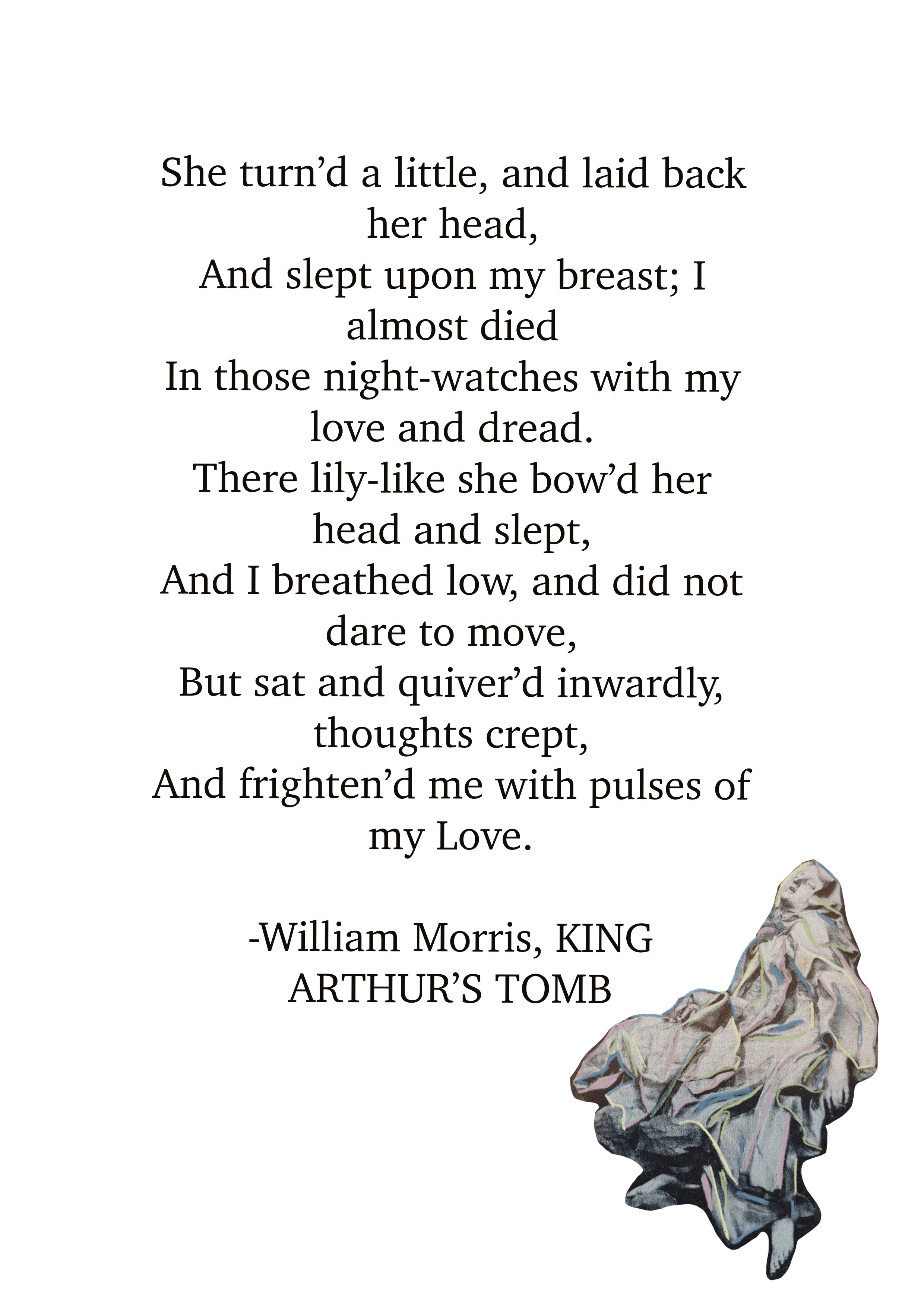William Morris: a creative inspiration
William Morris (1834 – 1896) was a British textile designer, poet, artist, novelist, architectural conservationist, printer, translator and socialist activist associated with the British Arts and Crafts Movement. He was a significant contributor to the revival of traditional British textile arts and production methods. His literary contributions helped establish the modern fantasy genre, while he helped win the acceptance of socialism in fin de siècle Great Britain.
Morris was born in Walthamstow, Essex, to a wealthy middle-class family. He came under the strong influence of medievalism while studying Classics at Oxford University. After university, he married Jane Burden and developed close friendships with Pre-Raphaelite artists Edward Burne-Jones and Dante Gabriel Rossetti and Neo-Gothic architect Philip Webb. Webb and Morris designed Red House in Kent, where Morris lived from 1859 to 1865 before moving to Bloomsbury, central London.
In 1861, Morris founded the Morris, Marshall, Faulkner & Co. decorative arts firm with Burne-Jones, Rossetti, Webb, and others, which became highly fashionable and much in demand. The firm profoundly influenced interior decoration throughout the Victorian period, with Morris designing tapestries, wallpaper, fabrics, furniture, and stained glass windows. In 1875, he assumed total control of the company, renamed Morris & Co.
Morris rented the rural retreat of Kelmscott Manor, Oxfordshire, from 1871 while also retaining a main home in London. His visits to Iceland with Eiríkr Magnússon were of great inspiration, and they led him to produce a series of English-language translations of Icelandic Sagas. He also achieved success with the publication of his epic poems and novels, namely The Earthly Paradise (1868–1870), A Dream of John Ball (1888), the Utopian News from Nowhere (1890), and the fantasy romance The Well at the World's End (1896).
In 1877, he founded the Society for the Protection of Ancient Buildings to campaign against the damage caused by architectural restoration. He embraced Marxism and was influenced by anarchism in the 1880s. Morris became a committed revolutionary socialist activist. He founded the Socialist League in 1884 after an involvement in the Social Democratic Federation (SDF), but he broke with that organisation in 1890. In 1891, he founded the Kelmscott Press to publish limited-edition, illuminated-style print books, a cause to which he devoted his final years.
Morris is one of the most significant cultural figures of Victorian Britain. He was best known in his lifetime as a poet, although he posthumously became better known for his designs. The William Morris Society, founded in 1955, is devoted to his legacy, while multiple biographies and studies of his work have been published. Many of the buildings associated with his life are open to visitors, much of his work can be found in art galleries and museums, and his designs are still in production.
I accidentally came across William Morris's designs while flicking through an art book dedicated to design and pattern making. I was looking for some inspiration for blog graphics after I was in a rut.
When I looked at his beautiful designs, inspired mainly by the English countryside and nature, I became completely enamoured with his art. His work is as timeless as spring itself, and many of his textile designs are still very popular today.
I recalled reading some of his poetry while studying the Victorian period in my literature degree, so I went back and delved into his writing.
As you can see from his biography, he was a dynamic Victorian who was creative but used his creativity to explore his interests and create an extremely lucrative business. The list of innovative pathways is astounding, from visual art to literature and politics—a wonderfully inspiring individual.
Diving deeply into a William Morris sidetrack, I downloaded his complete works, available as an Ebook on Kindle. It still is so exhilarating to be able to download your favourite writer's works from the past in an instant (perhaps I am showing my age, but this gen X still remembers having to go down to the library to search out these kinds of things!)
His poetry is exquisite and illustrates his love of all things Medieval. It still amazes me how someone can be a master of so many creative elements. His writing is vivid, passionate, vibrant and masterly. The images of Guenevere and Launcelot leap out at you from the page. And he is a maestro of the complex structure of the medieval sonnet form.
Reading the first two poems from his 1857 collection, The Defence of Guenevere and other poems, I immediately fell in love with his poetic gift. In particular, The Defence of Guenevere and Kind Arthur's Tomb have such an imaginative artistic sensibility that they take away your breath. His attention to detail and his command of the language is spellbinding. I am totally in love with his poetic work.
Yet, despite the apparent beauty of his work, even Morris had some setbacks thanks to the critics.
This poetry collection was largely self-funded. It sold poorly, and the negative reviews put Morris off publishing other poems for eight years. Just think how many more published collections we could have from Morris if not for this poor critical response. Thank goodness he had the foresight to continue his work in private and never stopped writing.
Willian Morris's poem The Defence of Guenevereis a dramatic monologue from the point of view of Guenevere, the wife of King Arthur, who defends herself after being accused of adultery with the King's trusted knight, Sir Launcelot.
Morris's use of archaic terms is characteristic of his medievalism – and the poem itself is part of a broader Victorian tendency to see the mediaeval period as one of a lost pre-industrial simplicity. Yet, there is also a trace of the more modern influence of Tennyson in the poem's complex imagery and psychological insight – as well as the use of the dramatic monologue, a form invented by Morris' contemporary Robert Browning.
Morris is a creative inspiration simply because of his immense scope over many different creative industries. His approach was typically Victorian, diligent, focused and determined. I'm grateful that he continued steadfastly on his creative path, so we have many examples of his exquisite works today.
I'm still working my way through his poetic works, which are so rich and substantial. I am also thankful he didn't listen to the critics and continued working away. Yet again, like most other creatives, Morris reinforces the most important lesson to always keep in mind as a creative professional: to always continue with your work. Believe in your value, in what you are saying and never give up.



